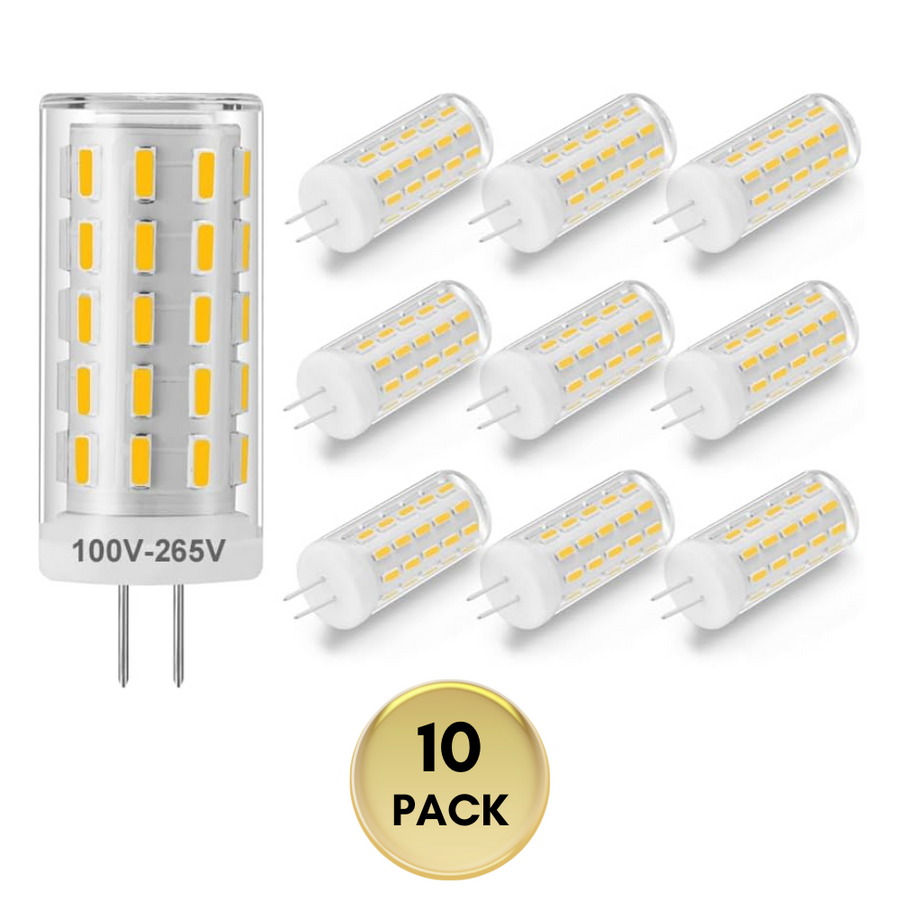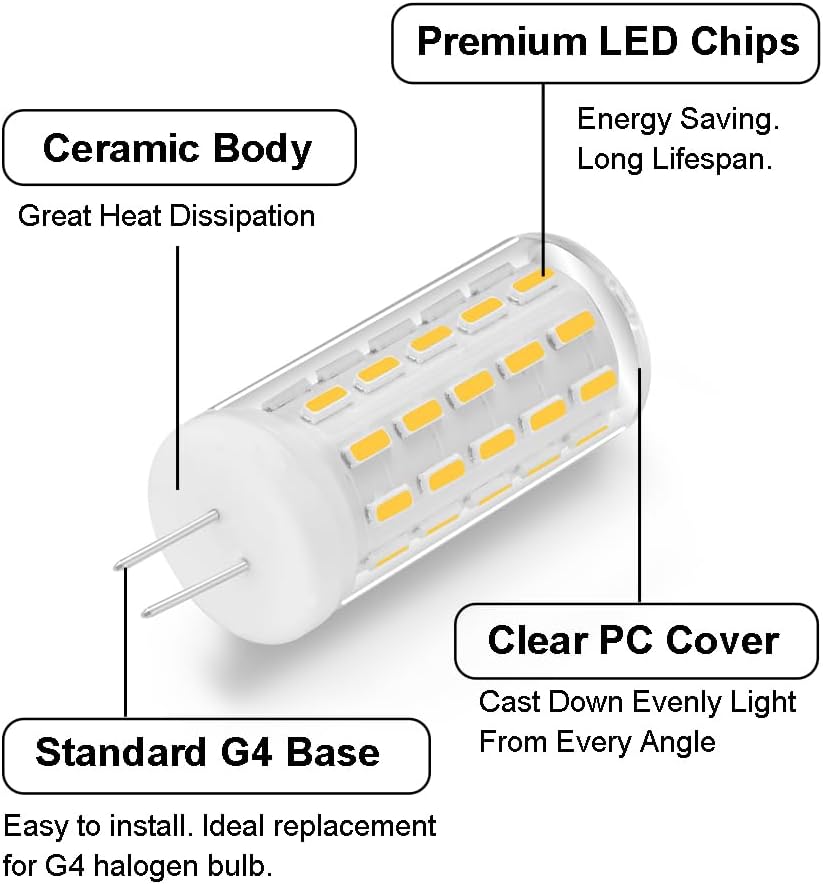Expert Wiring Tips for Low Voltage Landscape Lighting: Get It Right the First Time
A great outdoor lighting design isn’t just about the fixtures — it’s about the power behind the glow. Wiring is the lifeline of your low-voltage landscape lighting system, and when done correctly, it delivers consistent brightness, efficiency, and long-term reliability.
At Sun Bright Lighting, we’re passionate about helping homeowners install systems that perform flawlessly night after night. Here are our top expert wiring tips to ensure your outdoor lighting shines its brightest.
1. Start with a Smart Design
Good lighting begins with a clear plan. Sketch your layout and divide it into zones — for example, front walkway, garden beds, or deck area.
-
Keep transformer placement central to reduce voltage drop.
-
Design each zone to stay under the transformer’s capacity (use about 80% max load).
-
Map wire paths to avoid obstacles like tree roots, irrigation lines, or hardscape.
Bonus Tip: Leave extra wire length (a “service loop”) near fixtures for adjustments later.
2. Pick the Right Wire Gauge
Wire gauge determines how efficiently power travels through your system. Too thin, and you’ll see dim lights or uneven brightness.
-
10 AWG: Long runs or heavy wattage systems
-
12 AWG: The most common and balanced option
-
14 AWG: Short, light-load runs
Sun Bright Pro Tip: Always use direct-burial-rated wire designed for outdoor environments to prevent deterioration underground.
3. Use Proper Connection Techniques
Moisture and corrosion are the biggest enemies of landscape lighting wiring.
To prevent short circuits and voltage loss:
-
Use gel-filled waterproof connectors
-
Strip just enough wire to make a tight connection — no bare copper exposed
-
Avoid twisting wires together without a proper connector
Quality connectors ensure consistent current flow and protect against environmental damage.
4. Avoid Long Daisy Chains
It’s tempting to connect lights in one continuous chain, but that setup creates uneven voltage and shortens bulb lifespan.
Instead, use balanced wiring patterns like:
-
Hub (Star) Wiring: Every fixture runs from a central hub for even voltage
-
T-Wiring: Creates shorter, balanced branches
-
Loop Wiring: Feeds current both ways for even distribution
These layouts eliminate brightness inconsistencies across zones.
5. Test Voltage at Each Fixture
Before final burial of wires, test your system using a voltmeter.
-
Ideal range: 11V to 12V at each fixture.
-
If voltage is too low, move to a higher transformer tap (13V or 14V).
-
If it’s too high, redistribute the load or add more fixtures.
This simple step ensures optimal light performance and bulb longevity.
6. Keep Connections Accessible
Even though wires are buried, keep all junctions and hubs accessible in waterproof boxes or under removable covers. It makes future inspections or troubleshooting much faster.
7. Routine Maintenance for Long-Term Success
At least twice a year:
✅ Inspect exposed wires for damage or wear
✅ Clean corroded connectors
✅ Test voltage and transformer output
✅ Reposition fixtures if landscaping changes
These small habits protect your system and keep your lights performing beautifully.
Illuminate with Confidence
Proper wiring is the backbone of a reliable lighting system — and it’s easier to get right than you think.
🌟 At SunBrightLighting.com, we offer premium low-voltage cables, waterproof connectors, and durable transformers designed for perfect performance in any environment.
✨ Power your landscape lighting with Sun Bright Lighting — where quality and reliability meet effortless outdoor beauty.










